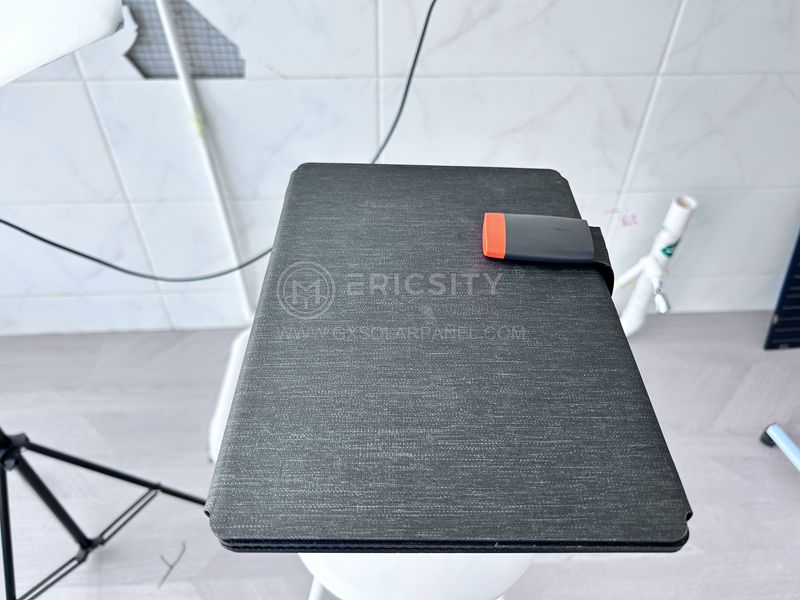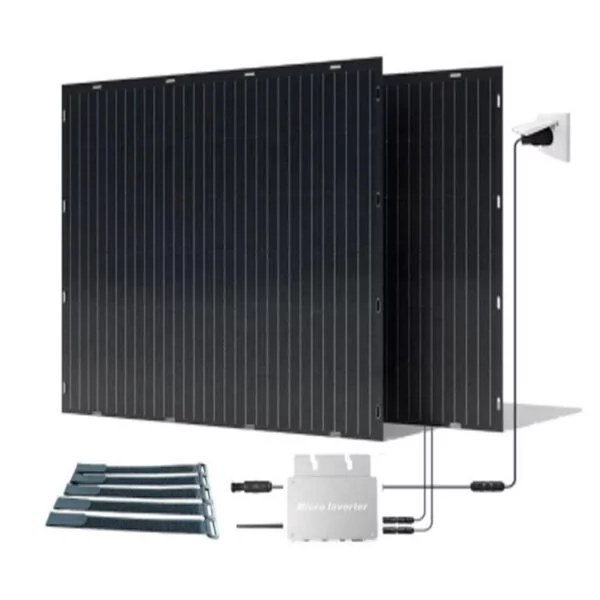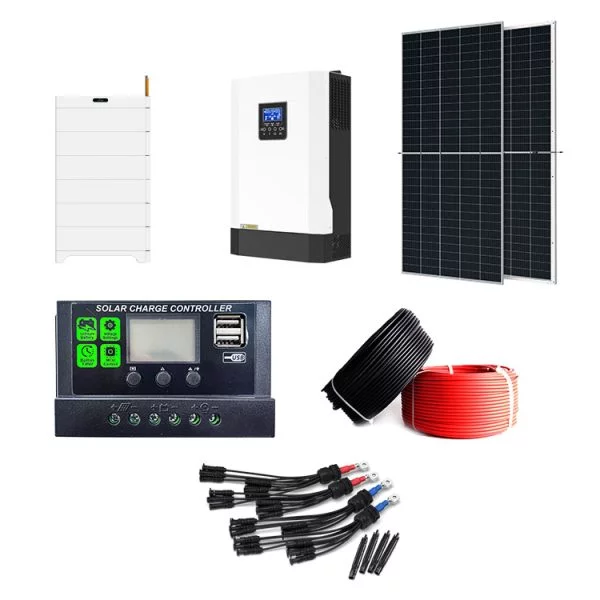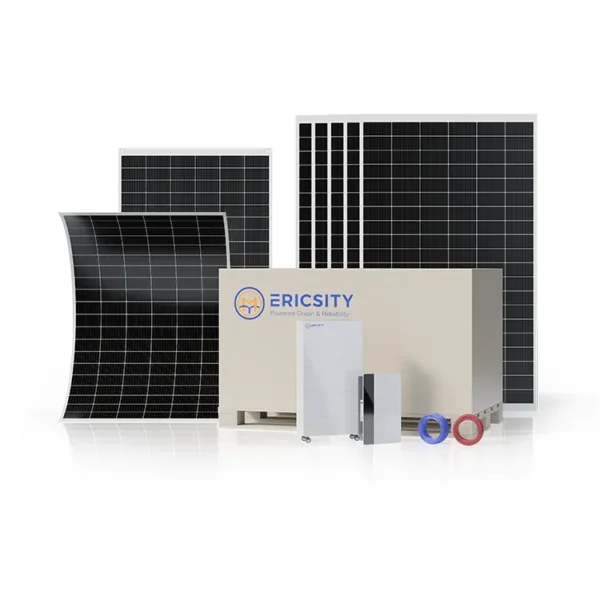HOT PRODUCT
Product Details
The Power Of Flexibility: Advantages Of 160w Semi-flexible Solar Panels
Title: The Power of Flexibility: Advantages of 160W Semi-flexible Solar Panels
Introduction:
In recent years, renewable energy sources have gained significant attention as the world strives to reduce carbon emissions and transition towards a more sustainable future. Solar power, in particular, has emerged as a leading solution due to its abundant availability. One of the latest advancements in solar technology is the development of semi-flexible solar panels. In this article, we will discuss the advantages of 160W semi-flexible solar panels and how they offer a flexible and efficient alternative to traditional rigid solar panels.
1. Enhanced Durability:
One of the main advantages of semi-flexible solar panels is their durability. Unlike rigid panels, semi-flexible panels are made with highly durable materials such as specialized polymers and composite substrates. These panels are designed to withstand harsh environmental conditions, including extreme temperatures, high winds, and heavy snow loads. This durability makes them suitable for various applications, including marine environments, RVs, and uneven surfaces.

2. Lightweight and Thin Design:
Semi-flexible solar panels are lightweight and have a slim profile, which sets them apart from bulky rigid panels. This feature makes installation easier and allows for greater flexibility in terms of where the panels can be mounted. The thin design also makes these panels less prone to damage during transportation and installation.
3. Versatile Installation Options:
While traditional solar panels are mostly mounted on rooftops or dedicated spaces, semi-flexible solar panels offer a wider range of installation possibilities. Due to their flexible nature, these panels can be easily mounted on curved surfaces such as boat decks, RV roofs, or even vehicles. This versatility allows for greater utilization of available space and enables solar power generation in unconventional locations.
4. Improved Aesthetics:
Another advantage of semi-flexible solar panels is their aesthetically pleasing appearance. Unlike traditional panels that have a visible frame, the semi-flexible variants blend seamlessly into the surface they are mounted on, giving a sleek and modern look. This feature makes them an excellent choice for applications where aesthetics play a crucial role, such as architectural integration or recreational vehicles.

5. Higher Energy Conversion Efficiency:
Although semi-flexible solar panels may have a slight reduction in overall efficiency compared to rigid panels, advancements in technology have significantly diminished that gap. Modern semi-flexible panels are engineered to offer high energy conversion efficiency, ensuring optimal power generation even in limited space. This makes them a practical and efficient choice, especially in applications with space constraints.
6. Portable and Easy to Maintain:
Portability is a key advantage of semi-flexible solar panels, making them an excellent choice for those who require a power source on the go. These panels are lightweight and can be easily folded or rolled up for transportation. Additionally, maintenance is relatively simple due to the absence of delicate parts and the durability of the materials used. Regular cleaning and occasional inspections are usually sufficient to ensure optimal performance.
Conclusion:
As we embrace the shift towards renewable energy sources, the advantages of semi-flexible solar panels become increasingly evident. The flexibility, enhanced durability, versatile installation options, improved aesthetics, higher energy conversion efficiency, and ease of maintenance make them an attractive choice for a wide range of applications. Whether for marine environments, RVs, or unconventional installations, 160W semi-flexible solar panels provide a powerful and sustainable solution to meet our growing energy needs.




